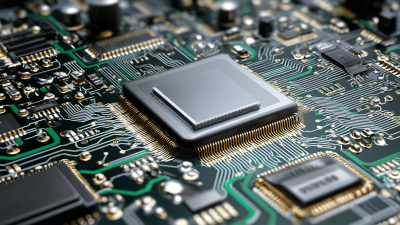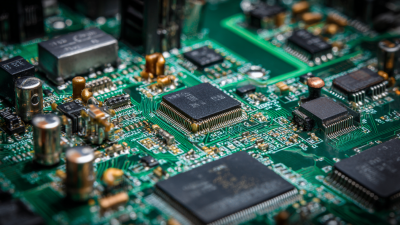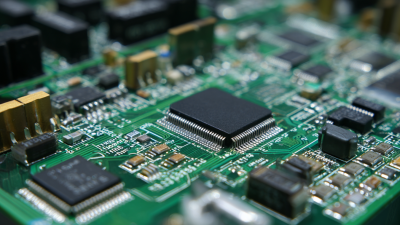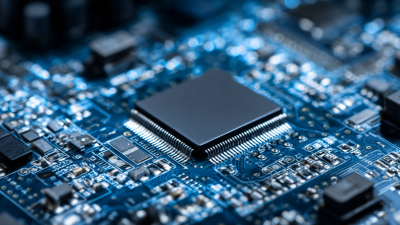30+ Years of Experience in PCB Design and Manufacturing
In the ever-evolving landscape of electronics manufacturing, the demand for quicker turnaround times and enhanced efficiency has never been more critical. According to a recent report by IPC, the global electronic manufacturing services (EMS) market is projected to reach $525 billion by 2027, highlighting the need for adaptable and rapid production solutions. One of the cornerstones of this evolution is quick turn PCB (Printed Circuit Board) manufacturing, which offers significant advantages in reducing time-to-market and allowing for faster product testing and iteration.
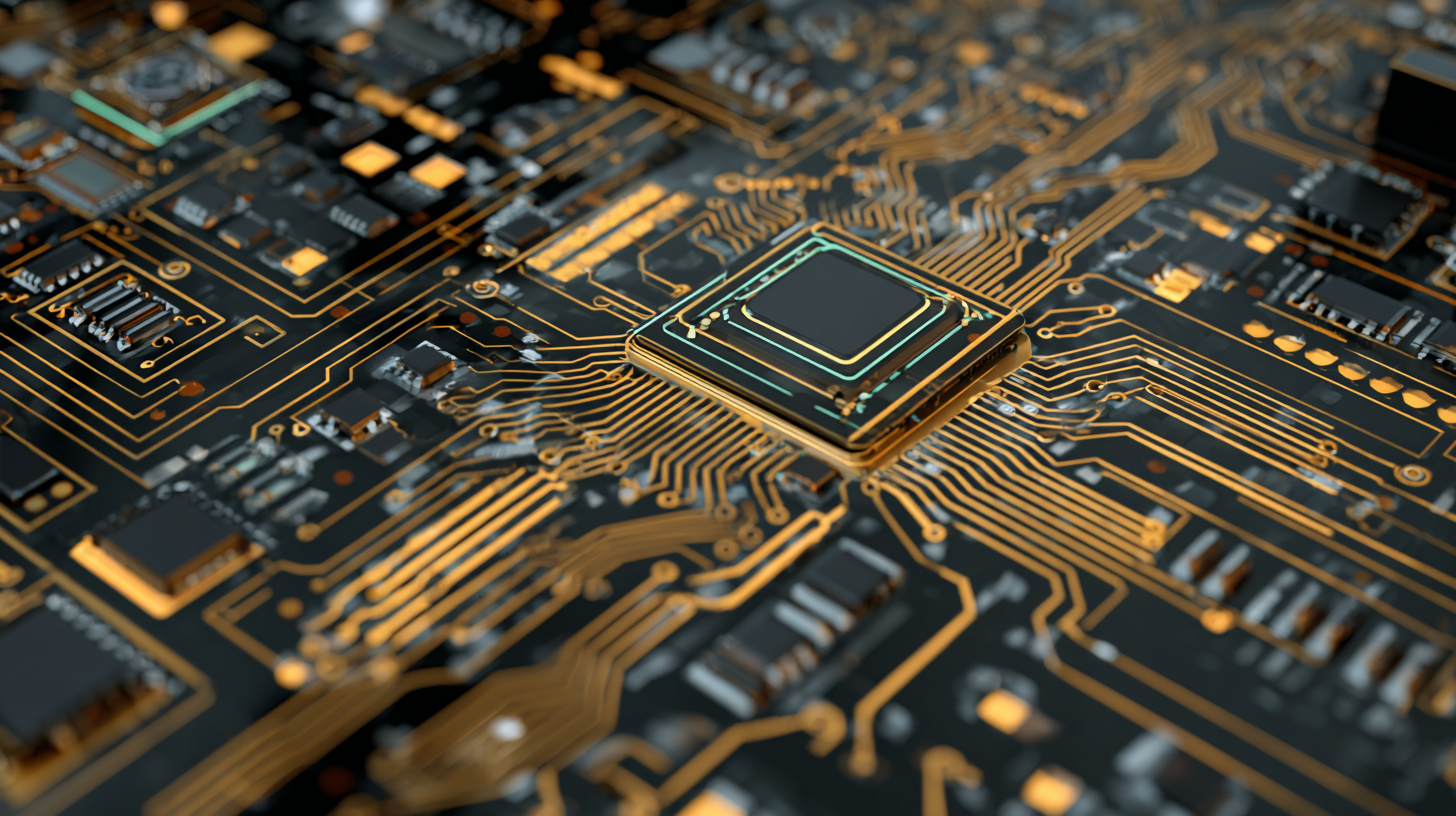
Leading industry expert Dr. Jane Smith emphasizes the importance of quick turn PCB services in today’s competitive environment, stating, "The ability to deliver high-quality PCBs in a shortened timeframe gives companies a significant edge in innovation." By leveraging advanced technologies and streamlined processes, quick turn PCB manufacturers can provide prototyping and small-batch productions that cater to the dynamic needs of startups and established enterprises alike. This agility not only fosters innovation but also ensures that companies can respond promptly to market changes, thereby positioning themselves strategically against their competitors.
As we delve into the top five benefits of quick turn PCB in modern electronics manufacturing, it becomes clear that these advantages are essential for businesses aiming to thrive in a fast-paced industry. The integration of quick turn PCBs not only supports rapid development cycles but also contributes to overall product quality and manufacturing efficiency, making them an indispensable asset for modern electronics firms.
In the modern landscape of electronics manufacturing, the demand for quick turn PCB (Printed Circuit Board) services has surged dramatically, driven by the need for speed and efficiency in product development. Companies adopting quick turn capabilities can significantly reduce their turnaround times, often completing projects within a mere few days. According to industry reports, approximately 80% of businesses now prioritize quick prototyping services to stay competitive, underlining the paradigm shift toward rapid production cycles.

Notably, PCB manufacturers leveraging quick turn production models are witnessing strong growth trajectories. For instance, a notable PCB manufacturer recently completed the first phase of capacity expansion at their facility in Jiangsu, China, which has fueled a robust increase in production capabilities. Their focus on resource integration and collaboration with local brands exemplifies how quick turn PCB services not only meet market demands but can also translate into financial success. As the industry continues to evolve, rapid production capabilities remain integral to driving profitability and maintaining a competitive edge in a fast-paced market.
The rapid evolution of modern electronics demands fast-paced production capabilities, making Quick Turn PCB (Printed Circuit Board) services a vital component in reducing time-to-market for new products. With the global market for turn-key solutions projected to reach $3.56 billion in 2024, and escalating to $3.74 billion by 2025 and $5.77 billion by 2032, the significance of quick turn services is becoming increasingly evident. This growth, with a compound annual growth rate (CAGR) of 6.3%, highlights the rising need for manufacturers to expedite product development cycles.

In regions like Asia-Pacific, which is anticipated to hold a substantial 38.76% market share in 2024, manufacturers are recognizing the value of Quick Turn PCB services in streamlining the prototyping phase. As companies seek to capitalize on emerging market opportunities, reducing lead times through efficient PCB production allows for faster iterations and adjustments, ultimately leading to enhanced competitive advantage. The adoption of custom chip solutions further complements this process, as companies like those offering turn-key solutions have developed extensive expertise in areas such as system-on-chip (SoC) design, ensuring quick adaptation to market demands.
In the competitive landscape of modern electronics manufacturing, quick turn PCBs (Printed Circuit Boards) have emerged as a pivotal solution for businesses looking to balance quality with affordability. According to a report by IPC, rapid prototyping has been shown to reduce development time by up to 50%, allowing companies to respond swiftly to market demands. This efficiency not only fosters innovation but significantly cuts costs associated with prolonged production cycles.
Moreover, quick turn PCB services often utilize advanced manufacturing techniques that ensure high-quality output even at increased speeds. A study by market research firm Mordor Intelligence states that the global PCB market is projected to grow at a CAGR of 3.5% from 2021 to 2026, driven partly by the demand for faster turnaround times without compromising on the integrity of the product. By investing in quick turn PCB, manufacturers can achieve a strategic advantage, minimizing overhead costs while maintaining the competitive quality that customers expect.
The adoption of Quick Turn PCB (Printed Circuit Board) technology is being driven by several significant trends in modern electronics manufacturing. According to a report by MarketsandMarkets, the global PCB market is projected to reach $78.87 billion by 2025, with rapid prototyping being a key driver of this growth. Quick Turn PCB services provide manufacturers with the ability to speed up their development cycles, allowing for faster time-to-market for new products. This urgency is fueled by the increasing demand for electronic devices across various sectors, including automotive, telecommunications, and consumer electronics.
Additionally, advancements in manufacturing technologies, such as automated fabrication and improved design software, are enhancing the feasibility of Quick Turn PCB production. A survey conducted by IPC indicated that 66% of manufacturers reported investment in automation to improve production efficiency. This shift aligns with the rise of Industry 4.0, where smart manufacturing and real-time data analysis are becoming integral components of PCB production. As the complexity of electronic designs continues to rise, Quick Turn PCB services offer a strategic advantage, enabling companies to iterate designs more rapidly and adapt to changing consumer needs swiftly.
| Dimension | Description | Benefit |
|---|---|---|
| Turnaround Time | Speed of PCB manufacturing and delivery | Reduces time to market for new products |
| Prototype Development | Rapid creation of prototypes for testing | Facilitates faster iteration and feedback |
| Cost Efficiency | Reduced overhead costs in production | Lower overall manufacturing costs |
| Flexibility | Ability to accommodate design changes quickly | Enhances adaptability to market demands |
| Quality Assurance | Stringent quality control in expedited processes | Ensures high reliability of PCBs |
The implementation of Quick Turn PCB services has revolutionized modern electronics manufacturing, providing companies with a significant edge in bringing innovative products to market swiftly. Real-world case studies reflect the tangible benefits of these services. For instance, a leading tech firm faced substantial delays in their product launch due to lengthy PCB production times. By shifting to a Quick Turn PCB provider, they reduced their production cycle from weeks to just a few days, resulting in a successful product launch that outpaced their competitors.
Tips: For companies considering Quick Turn PCB services, it is essential to clearly define your project requirements and engage with a reliable supplier. Ensuring that the manufacturer understands your timelines and quality expectations can prevent miscommunications and enhance production efficiency.
Another success story comes from a medical device manufacturer that utilized Quick Turn PCBs to develop a prototype for a new device. Their ability to iterate designs rapidly allowed them to perform necessary adjustments based on testing feedback, significantly improving the overall product quality. This agility not only saved time but also reduced costs associated with traditional PCB fabrications.
Tips: When working on prototype development, maintain close collaboration with your supplier throughout the process. Regular communication can facilitate timely adjustments and foster a more productive partnership, paving the way for future innovations.
